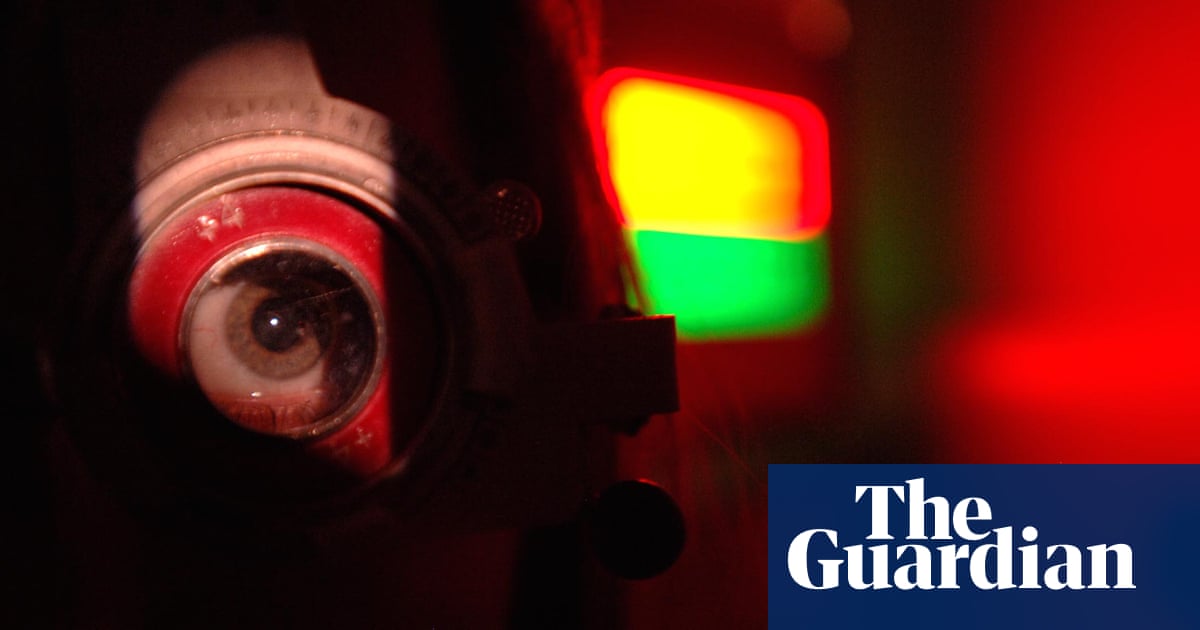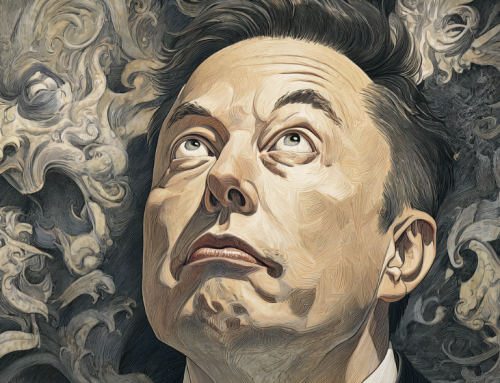
A new machine-learning system is as good as the best human experts at detecting eye problems and referring patients for treatment, say scientists.
British AI Program Makes Leap in Spotting Eye Diseases
The groundbreaking AI system, developed by DeepMind with Moorfield’s eye hospital, NHS foundation trust and University College London, correctly referred patients with more than 50 different eye diseases for further treatment with 94% accuracy, matching or beating world-leading eye specialists.
“The results of this pioneering research with DeepMind are very exciting and demonstrate the potential sight-saving impact AI could have for patients,” said Prof Sir Peng Tee Khaw, the director of the NIHR Biomedical Research Centre at Moorfields eye hospital and the UCL Institute of Ophthalmology.
Once again Great Britain’s medical institutions have produced advances with the National Health System or NHS. Often ridiculed by American naysayers when discussing universal healthcare, the NHS has been producing groundbreaking changes in its medical services using AI, robotics, along with big data and machine learning. The results speak for themselves.
The two-stage AI system takes a more human-like and intelligible approach to analyzing the highly complex optical coherence tomography (OCT) scans of patient retinas. These are commonly used to triage patients with sight problems into four clinical categories: urgent, semi-urgent, routine and observation only. Five separate machine-learning systems, trained using 877 clinical OCT scans, first create maps of the OCT scans. The five maps are then analyzed by a second series of five machine-learning systems, trained on maps created from 14,884 OCT scans from 7,621 patients, which interpret the maps and each give a referral decision.
In layman’s terms, the combined systems scan the patients’ eyes as a human doctor would. That is where the similarities end.
Most other AI-based systems essentially appear as a black box; data is fed in one end and the result is outputted from the other, with no way to check how the system came to its decision.
The two-stage approach also makes the systems more adaptable to different OCT machines, which produce images with differing characteristics. Only the mapping system would need to be retrained for different machines, leaving the existing referral system intact.
The article by Samuel Gibbs written for The Guardian elaborates in technical detail. The changes created in all phases of medicine will be life-saving and life-extending.
Robert Dufton, the chief executive at Moorfields Eye Charity, said: “The need for treatment for eye diseases is forecast to grow, in part because people are living longer, far beyond our ability to meet the demand using current practice.
“Artificial intelligence is showing the potential to transform the speed at which diseases can be diagnosed and treatments suggested, making the best use of the limited time of clinicians.”
The reseach can be found in the journal Nature Medicine.
read more at theguardian.com







Leave A Comment